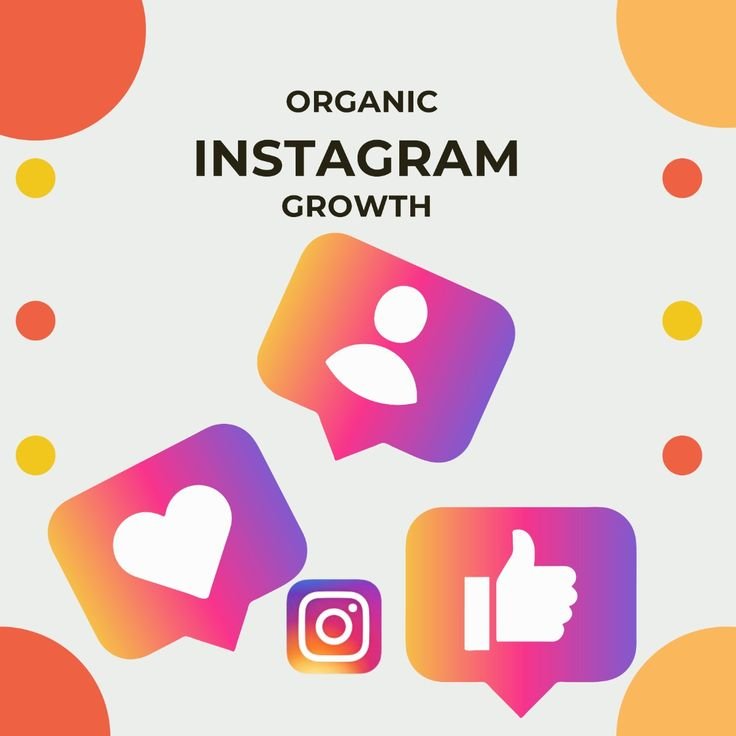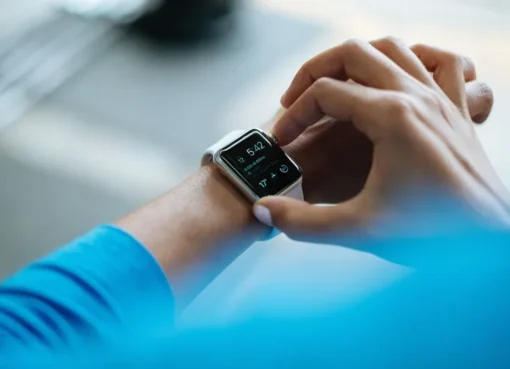How to Build a Digital Detox Routine Without Falling Behind

The constant buzz of notifications and screen time has made it clear that we all need a break from our devices. Yet, the fear of missing out or falling behind often holds us back. Building a sustainable digital detox routine doesn’t mean cutting ties with technology altogether—it’s about finding balance. Here’s how to design a routine that allows you to recharge while staying productive and informed.
Why a Digital Detox Matters
Spending excessive time on digital devices can lead to mental fatigue, reduced productivity, and even physical health issues such as eye strain or poor posture. Studies show that prolonged screen time impacts focus and sleep quality. A well-designed digital detox can help restore mental clarity, boost your focus, and improve overall well-being without sacrificing productivity.
Step 1: Assess Your Current Digital Habits
Start by understanding how and when you use digital devices. Consider tracking your screen time for a week using built-in tools like Screen Time on iOS or Digital Wellbeing on Android. These tools break down device usage, highlighting the apps and tasks consuming the most time.
Questions to ask yourself:
- Which apps are essential, and which are time-wasters?
- When do I reach for my devices the most?
- How does digital use affect my mood or productivity?
This baseline data helps identify areas to target during your detox.
Step 2: Define Clear Goals
A successful detox starts with clear, realistic goals. Here are some examples:
- Reduce non-essential usage during work hours to enhance focus.
- Avoid screens for at least one hour before bed to improve sleep.
- Limit daily social media scrolling to 15-20 minutes.
Personalize these goals to fit your needs. If your aim is professional productivity, you might focus on reducing distractions like instant messaging or endless email checks. Conversely, if your goal is personal well-being, cut down on mindless browsing or streaming during downtime.
Step 3: Schedule Tech-Free Time
Creating specific blocks of tech-free time ensures consistency. Here’s how:
- Plan offline mornings: Start the day without checking emails or social media.
- Institute device-free meals to engage with family or friends.
- Take microbreaks every 90 minutes during work to step away from your screen, helping reduce eye strain and improve focus.
If an entire day away from devices feels overwhelming, consider starting small with tech-free evenings or limiting screen use during weekends.
Step 4: Leverage Technology for a Smarter Detox
Ironically, technology can help you detox from technology. Use tools designed to support focus and healthy habits:
- Focus apps like Forest or Freedom block distracting apps and websites during work sessions.
- Screen timers on your phone help enforce limits for apps like Instagram or YouTube.
- Sleep improvement apps like Calm or Headspace guide you into restful, screen-free relaxation routines before bedtime.
The key is making technology work for your goals, not against them.
Step 5: Create a Balanced Information Diet
A common fear during a detox is missing out on important updates. Here’s how to stay informed without constant scrolling:
- Batch notifications by turning off real-time alerts and checking updates at specific times.
- Subscribe to weekly digests or newsletters instead of constantly refreshing news feeds.
- Use productivity tools like RSS feeds or podcast subscriptions to curate high-value content.
By filtering out noise and focusing only on meaningful information, you stay updated while prioritizing your mental bandwidth.
Step 6: Set Boundaries with Others
Communicating your digital detox goals to others helps them respect your boundaries. For example:
- Inform coworkers of core work hours and your availability.
- Set “response window” policies with friends and family for non-urgent messages.
- Use out-of-office messages to manage email expectations during designated detox periods.
These boundaries ensure that others don’t mistake your reduced availability for negligence, helping you maintain relationships and responsibilities.
Step 7: Replace Screen Time with Offline Activities
A detox isn’t just about elimination; it’s about replacing digital habits with value-added offline activities. Some ideas include:
- Taking up hobbies like painting, reading, or gardening.
- Spending time outdoors or joining fitness activities.
- Enriching relationships through in-person interactions.
These alternatives not only reduce reliance on screens but also promote personal growth.
Step 8: Track Progress and Adjust
Building a digital detox routine is an ongoing process. Regularly review how your efforts are impacting your life. Use metrics like improved focus, better sleep, or reduced anxiety to assess progress. Fine-tune your approach as needed by:
- Extending tech-free periods.
- Redefining goals if current ones no longer fit.
- Experimenting with new tools or practices.
The most effective detox routine evolves with your needs, ensuring it remains aligned with your lifestyle over time.
Overcoming Common Challenges
- Fear of Falling Behind
Solution: Use batching and focused work blocks to stay on top of key responsibilities while being offline sporadically.
- Habitual Device Use
Solution: Place your devices out of arm’s reach during tech-free times to reduce temptation.
- Work Constraints
Solution: Use work-specific tools like Slack’s Do Not Disturb mode to control interruptions while staying partially connected.
Final Thoughts
A digital detox isn’t about eliminating technology—it’s about using it mindfully and intentionally. By breaking the cycle of constant connectivity, you create space to think clearly, recharge your mind, and deepen connections with the world around you. Start small, stay consistent, and create a detox routine that keeps your productivity and well-being in perfect balance.



